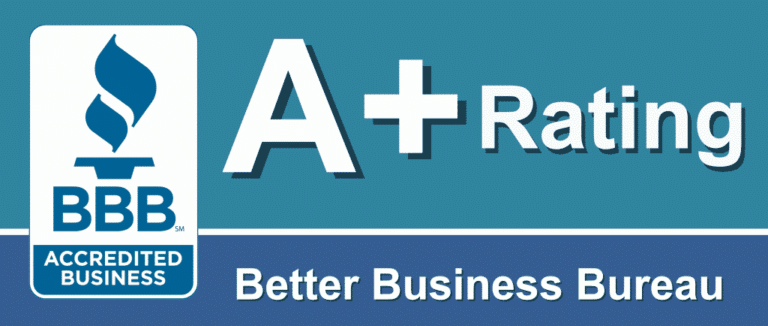Autism Spectrum Disorder (ASD) is a developmental condition that affects how a person communicates, interacts socially, and behaves. It can present a wide range of symptoms and levels of severity, which is why it is referred to as a “spectrum.”
There is currently no cure for autism. However, early intervention and appropriate treatment can help improve a person’s quality of life by addressing communication, social, and behavioral challenges.
The most effective treatments vary depending on the individual’s needs but commonly include Applied Behavior Analysis (ABA), speech therapy, occupational therapy, and cognitive-behavioral therapy (CBT). Early intervention with these therapies can have a significant positive impact.
ABA is a widely-used therapy that focuses on reinforcing positive behaviors and reducing problematic behaviors. It is particularly effective in helping children with autism improve social, communication, and learning skills.
Treatment should ideally begin as soon as a child is diagnosed with autism, typically between 18 months and 3 years of age. Early intervention is key to helping children develop crucial skills.

